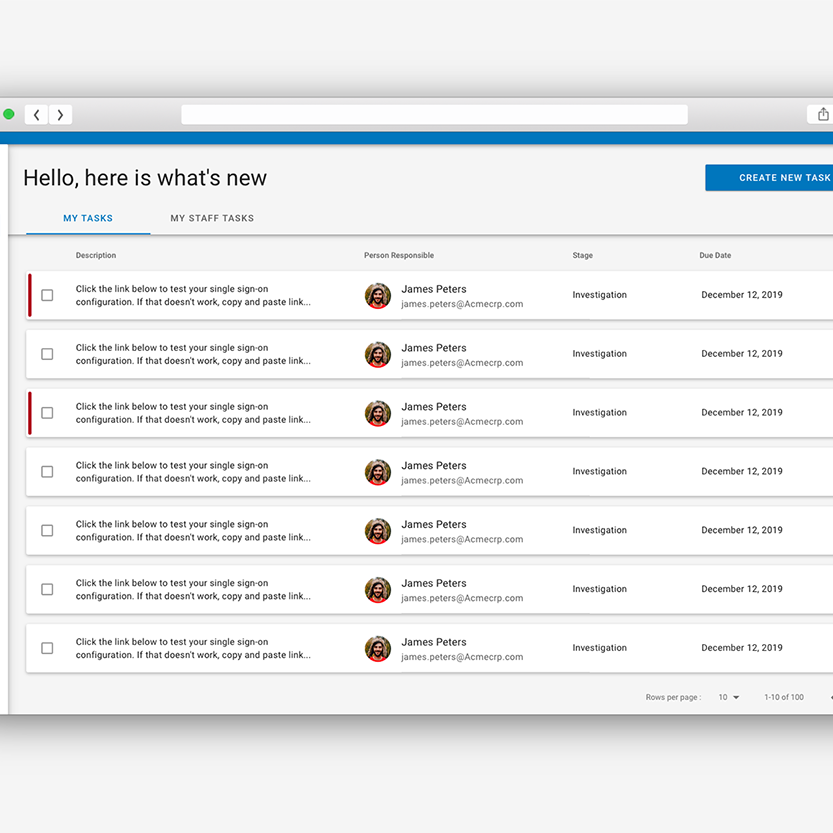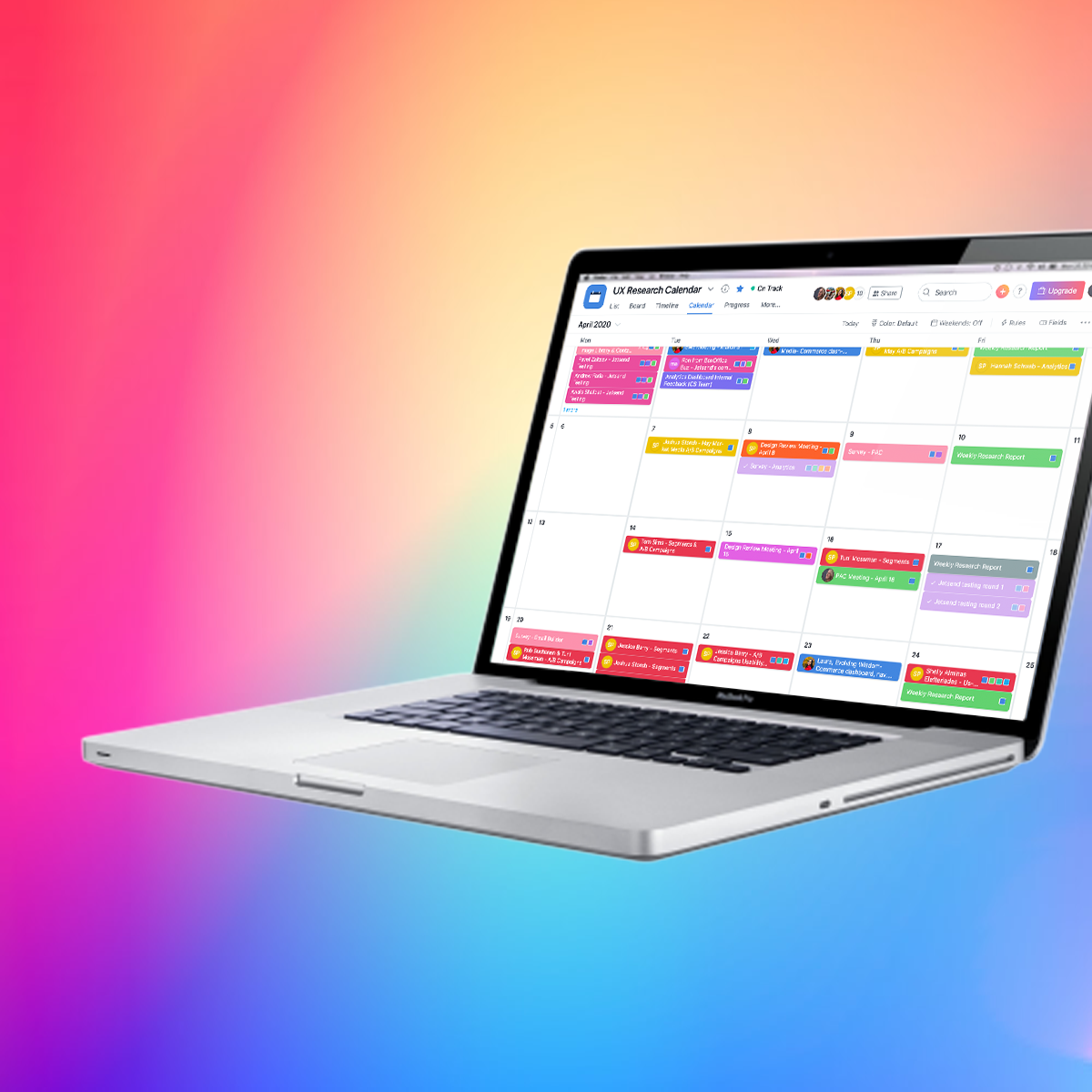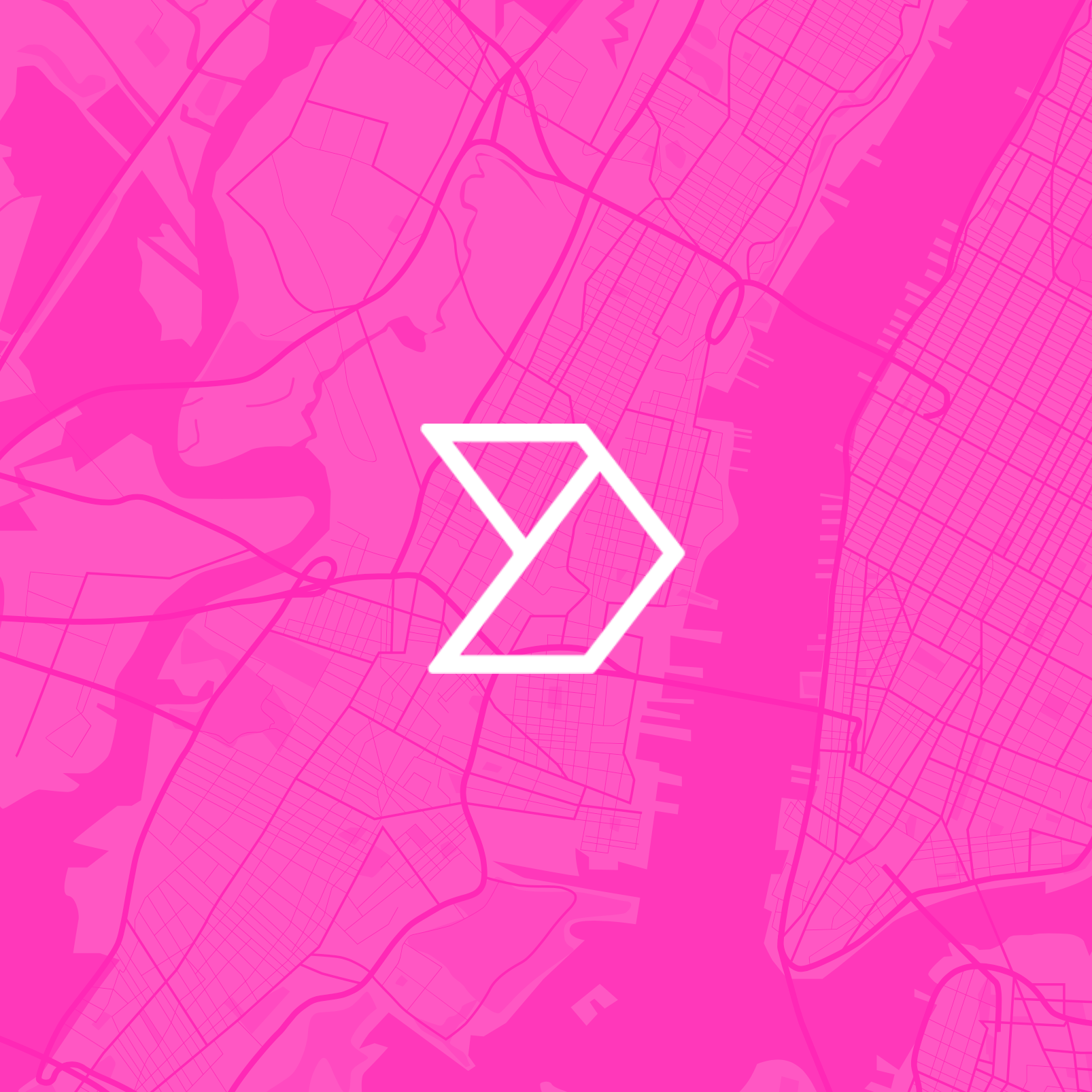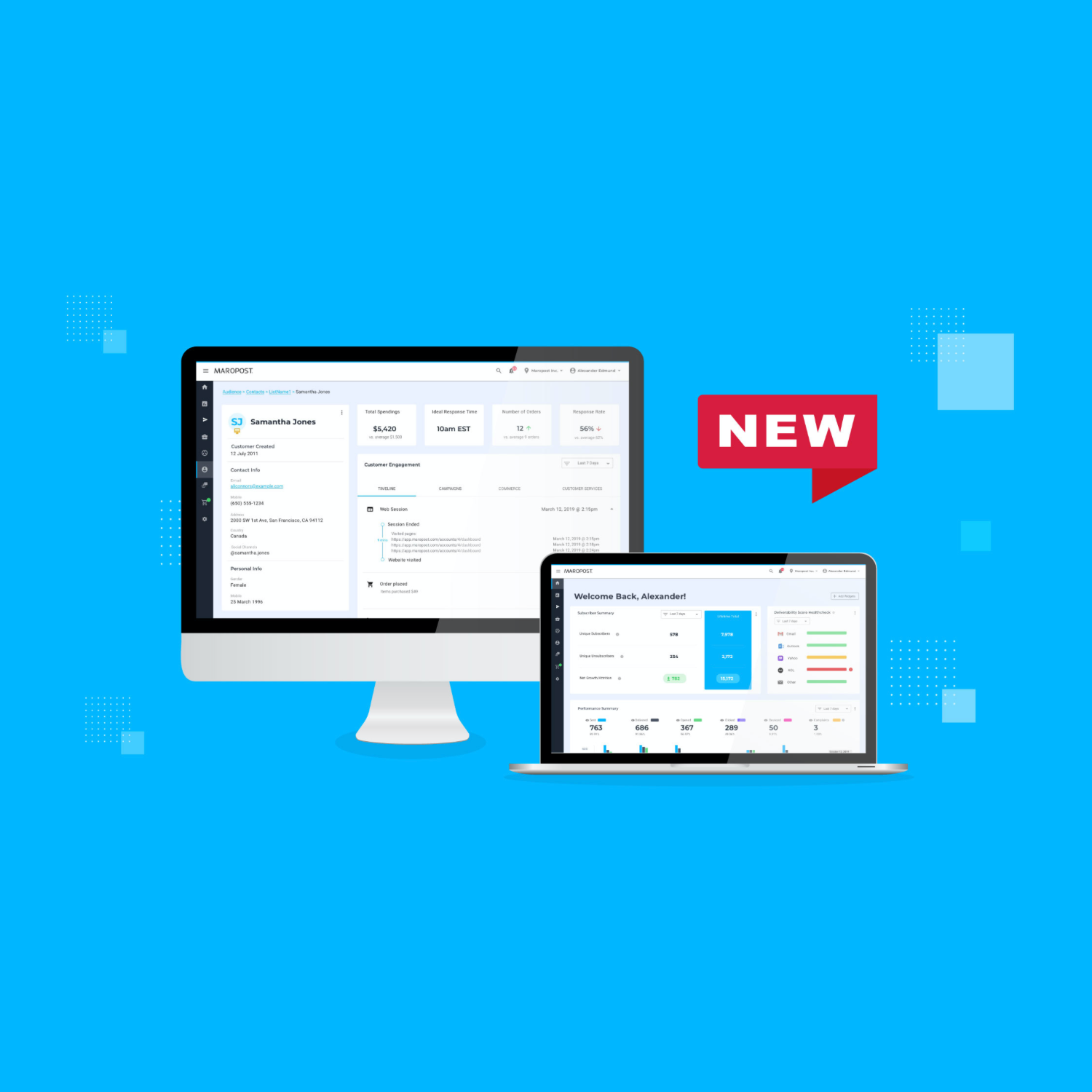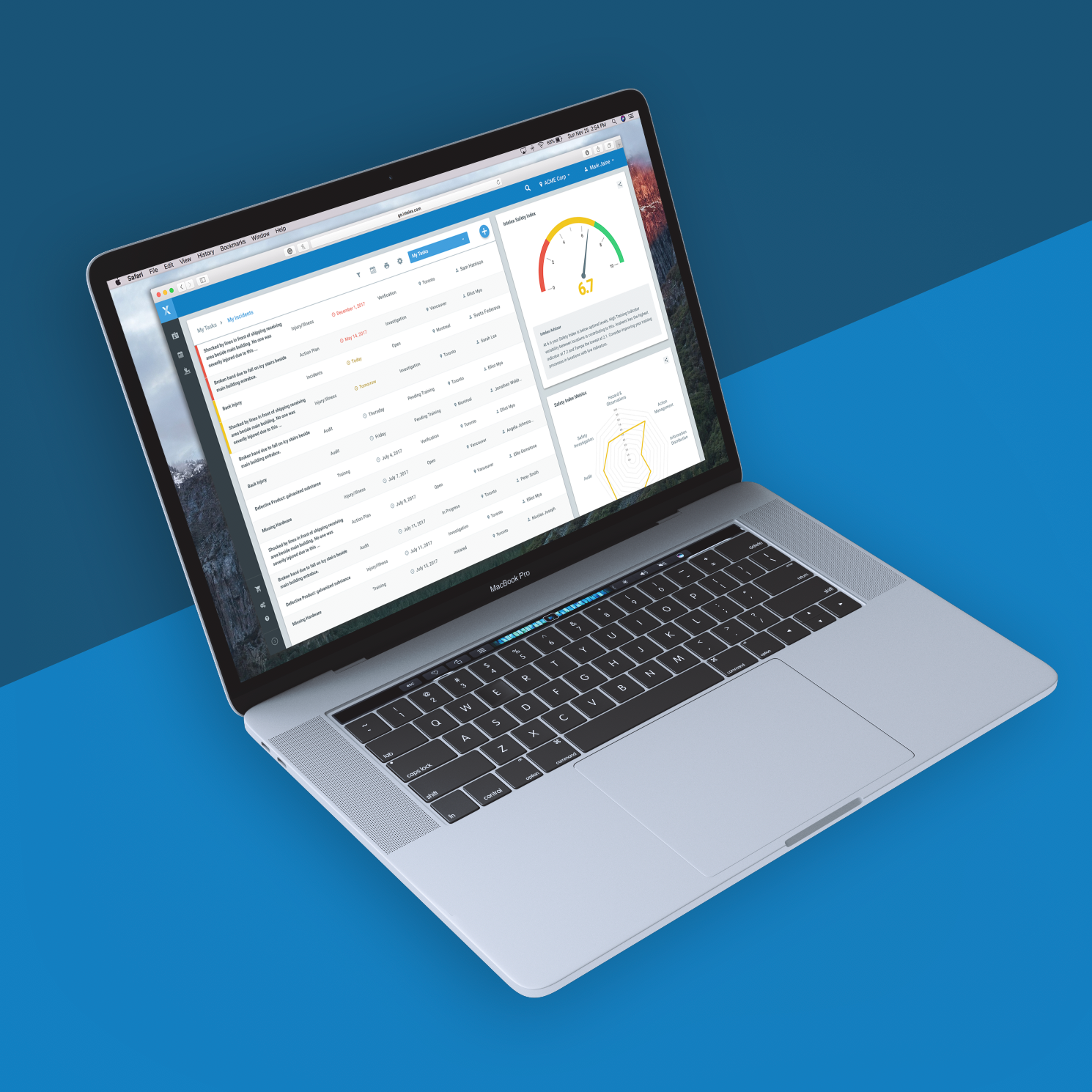During this project I was accountable for the UX effort to design the onboarding experience of the enterprise application.
Background
Maropost has been around for over a decade. More than 600 brands, including Mercedes-Benz, the New York Post, and Scott Sports, rely on Maropost’s category-leading technology. Maropost platform is a comprehensive enterprise platform that helps marketers simplify customer engagement and increase conversions.
This project began as a simple customer mapping exercise, during which we've uncovered several friction points as well as lost revenue due to lack of self-service components in our platform.
One of the biggest items we identified as 'high risk' was the onboarding. This enterprise application provided customized onboarding experience for every single customer regardless of the contract size. This process was not scalable and was viewed as a major roadblock by customers, and was costing us money.
That's when we decided to implement self-service model for Maropost platform, staring with the onboarding experience.
Starting goal: Allow users to onboard to Maropost platform without any assistance.
My Role
I was accountable for the UX effort to design onboarding experience for new customers.
My primary role was to guide the UX team with feedback, include user research properly, align the team's goals with key stakeholders, integrate the UX team efforts with cross-functional partners.
4 UX designers, one technical writer, one business analyst, and team of 7 engineers performed day-to-day activities under my direct guidance.
I provided oversight and input to the UX team such as design reviews and design workshops. Often, I collaborated with marketing and technical writer to build product walkthroughs, marketing communications, and campaigns.
I worked directly with the executive team, engineering, product management, and design teams to create a detailed roadmap and release plan. And coordinated with marketing team on the release of new features and other customer facing communications.
Process
At the beginning of the process I ran a workshop during which we identified key missing features in the onboarding process. I synthesized the results with data analysis, and then the product thinking and UX design principles informed my take on what the product strategy should be.
Working in a highly collaborative environment with cross-functional teams, I often relied on open communication methods to ensure that the project deadlines and KPIs were met.
I employed design thinking process with my UX team to ensure that design practices were followed and ides and designs were validated on the ongoing basis. The team reported their findings with the rest of the stakeholders, thus ensuring we were on the same page.
I focused on the following key items:
+ Delivering incremental value
+ Setting clearly defined success criteria for each step of the initiative
+ Build out feature roadmap that paints a clear picture of the end product
Delivering value incrementally
I partnered with technical writer and marketing team to build out product walkthroughs as well as to improve Maropost Help Centre. This empowered our customers to educate themselves without having to constantly rely on our Customer Success team.
As a next step, my team shifted their efforts to improving product features that would enable users to effortlessly complete their onboarding tasks on their own. The UX team focused on usability best practices as well as understanding user flows and user objectives to create frictionless experience for these product features.
After, my team focused on building out critical features that were missing from the platform. Partnering with our engineering experts we designed, built, and launched new product feature - DNS setup. Once delivered, it removed a major roadblock for our customer who previously had to rely on our team of experts to help them with this setup task. Our teams were now free to focus their attention on other priorities and customers were happy to lead their own onboarding, without any assistance.
Challenges & Outcomes
Very BIG initiative, how do we scale it down?
One of the biggest challenges of this initiative was to focus on several small deliverables rather than one big item. When it comes to self-service model, there are many components that when combined together provide a seamless experience for the users. We spent a lot of time breaking down self-service initiative into smaller projects such as in app walk-through guides, updating help centre contents, building new features, and even making improvements to our backend.We ended up building and releasing new product features which freed weeks of manual labour for our teams, saved money, and removed a major roadblock for our customers. Newly implemented help guides allowed new users to easily onboard to the platform without any assistance.
Average onboarding time decreased from 4 weeks to 1 week! Our customer support team reported decrease in help tickets being logged by users during onboarding period.
